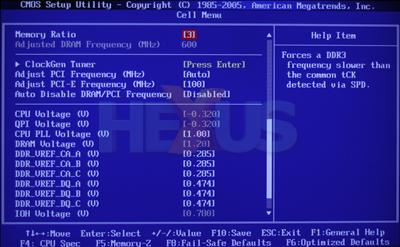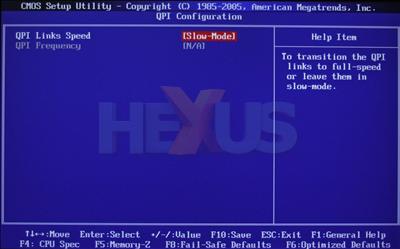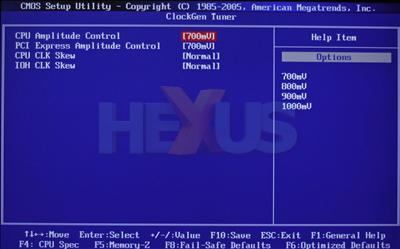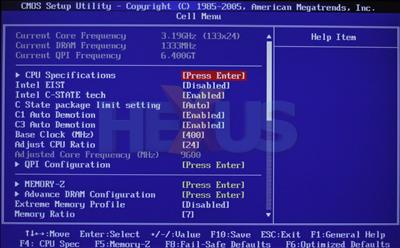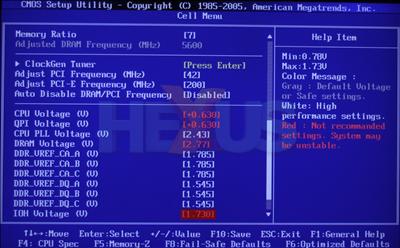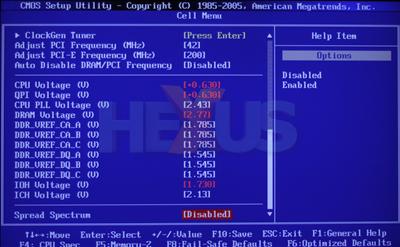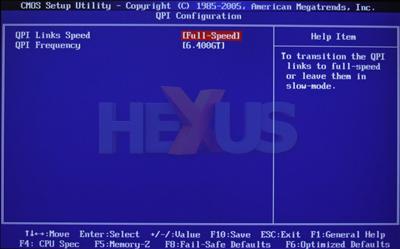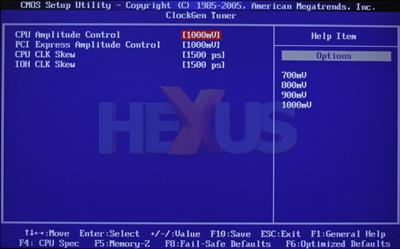BIOS
Oddly enough for an early press sample, we're happy to report that the BIOS seemed mature on the board, but that is not to say it's glitch-free, however.
The board is very slow to complete POST sequence and it's easy to mistake this for a failure if you're not patient. Also when trying to run the Corsair DDR3-1,600 kit on this board and use XMP timings, the actual settings applied were both incorrect, when compared against the XMP profile entries, and also inconsistent. One session would often boot with different timings than another. This issue was not observed when setting memory timings via the SPD or even manually, though.
It was also disappointing to discover that no matter what combination of BIOS settings were tried, we couldn't get the board to work with the memory running at DDR3-1,600 on our Core i7 Extreme Edition 965 CPU.
MSI's BIOSes have improved markedly over the years and can, we
feel, now be considered on par with some of the more established
players in the enthusiast sector. In some cases the company could be
considered pioneering in areas, such as the CPU-Z and Memory-Z features
of the BIOS. These provide the end-user with almost all the
information they could ever need for these two components.
Couple these with innovative features such as the GreenPower and
M-Flash sections of the BIOS and it's hard not to be impressed.
Pragmatically, available voltage adjustments are pretty decent, although not quite the best we've seen. The CPU and QPI voltage can be increased by +0.63 volts, whilst the IOH and ICH can be raised to 1.73 volts and 2.13 volts, respectively. And last but certainly not least, the DDR3 memory voltage can be urged up to a frightening 2.77 volts.
Due to the limited ratio support provided by Intel's chipsets, there's only so much adjustment MSI (or, indeed, any other manufacturer) can enable, and in this respect we believe the Eclipse provides a decent level of adjustability. The base clock - or reference as we prefer to call it - can be adjusted as high as an unlikely 400MHz from a nominal 133, and the memory ratio can be raised to 7 (DDR3-1,866) - for an unlocked 965 EE, at least. The QPI and CPU ratios can also be adjusted but not any higher than the CPU default of x24.
When EIST is enabled however, the CPU multiplier lock can be overridden by enabling the Intel Turbo Boost technology, and then adjusting the maximum multiplier for each number of cores from within its dedicated section in the BIOS.
As briefly alluded to above, the ratio limits on the Intel chipset put pay to any extreme memory speeds. However even within these limits, it's theoretically possible to achieve DDR3-2,800 speeds with the right memory modules. Just set the dipswitches on the board to run a reference clock of 200MHz for the CPU and memory multiplier to x7.
In addition, there is plenty of voltage and timing adjustment in the form of separate voltage adjustments available for each memory channel, as well as 17 advanced timing parameters in addition to the usual 5.
A comprehensive BIOS that covers most aspects.






